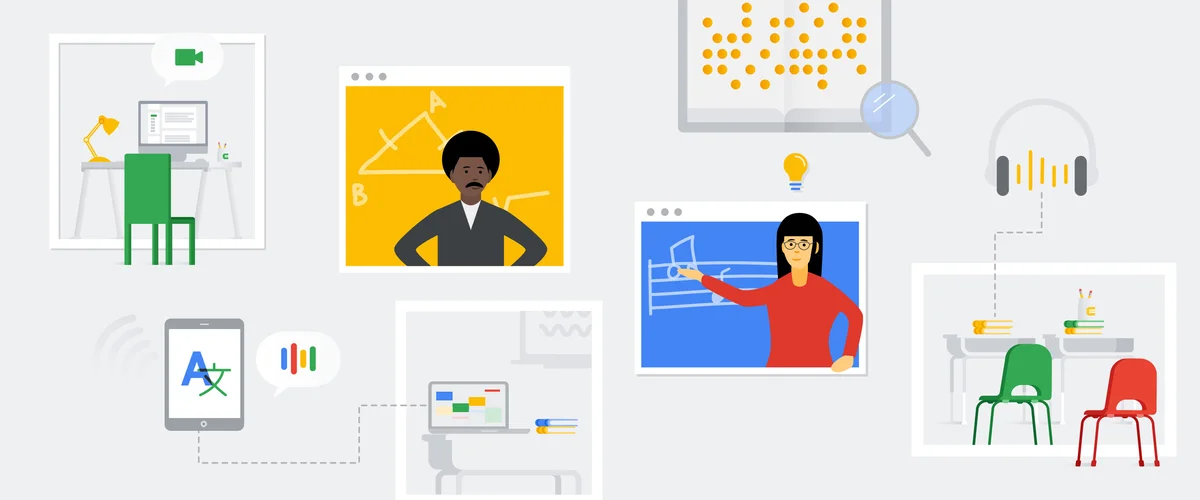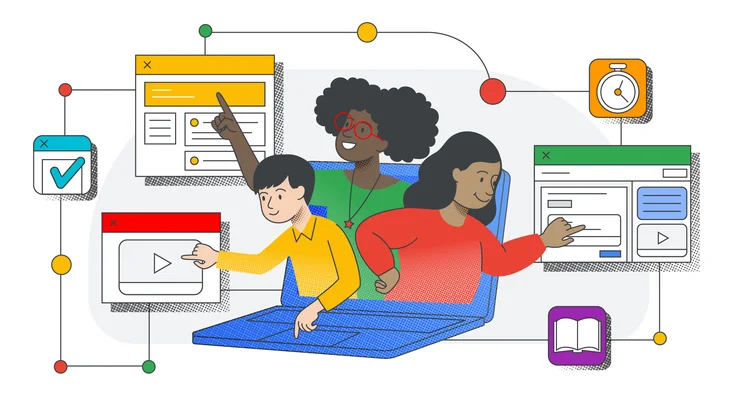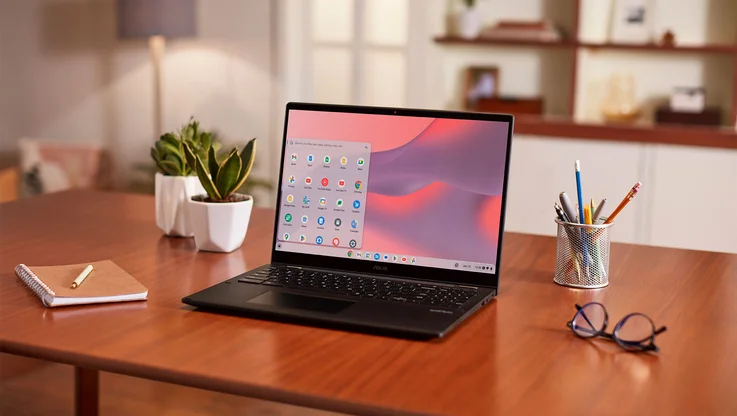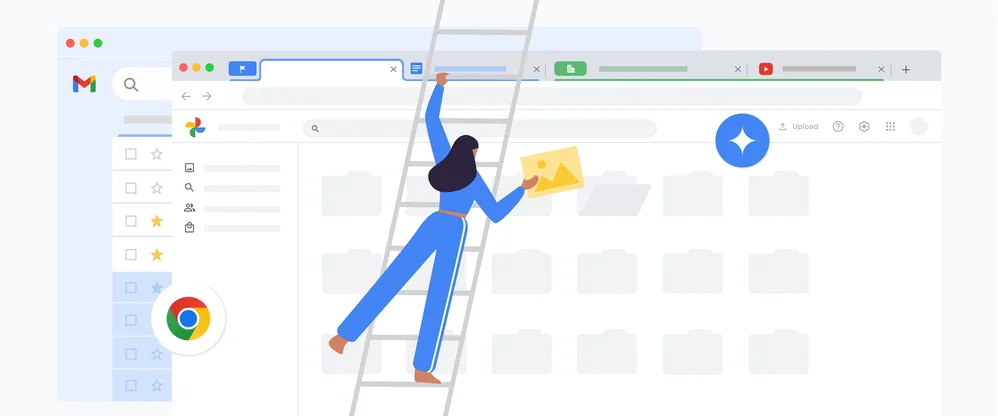Accessibility ideas for distance learning during COVID-19

The massive shift towards distance learning presents many challenges for students, educators and guardians alike. But supporting students who have disabilities or require a hands-on approach in the classroom is an even greater challenge. Educators around the world are putting in long days to find creative ways to support all students in this new setting, especially students with disabilities. Here are some tips on using accessibility features to support all learners.
To help students stay organized and get work done
Distance learning has made it tougher for all students to pay attention and manage their time, and this can be especially hard for students with executive functioning challenges. These tools can hopefully help.
Use Calendar reminders to help students remember deadlines, and view due dates in the class Calendar in Google Classroom.
Encourage students to organize their assignments in Google Classroom or Google Keep, or in Google Drive.
Suggest students use Chromebooks in full-screen mode when working on assignments to minimize distractions.
Students can use Virtual Desks on Chromebooks or the Dualless Chrome extension for students who may benefit from seeing multiple Chrome windows on a single Chromebook monitor. For example, students can view a video lesson on one side of the screen, and a written assignment on the other side.
To help students manage their time, use the Stopwatch & Timer Chrome extension to create large on-screen timers.
Break up lessons into shorter parts, which can be beneficial for students with attention challenges.
Instead of doing video calls with the whole class, consider breaking the class into smaller groups, where each group meets one or two times per week. Prioritize 1:1 video calls for students who need it most.
For students used to working alongside teaching aides in class, you can create a Google Doc in which students can ask questions and get help in real time from their tutors, family members or support staff.
To help students and parents create a space for learning
Now that many of us are doing everything from home—teaching, learning, playing, and working—finding time for it all can be challenging. But it’s important to help students, especially those with learning challenges, carve out space and time to focus on schoolwork.
Dedicate a space (even if it’s small) for learning time only. If possible, avoid spaces near windows, open doors, or noisy areas of homes.
Suggest that students with attention challenges sit on swivel chairs, if available, to let off some energy. Fidget toys like spinners can also help students focus during lessons.
For students using text-to-speech tools, headphones can be helpful, especially if they’re listening during a video class with other students.
To ensure your lessons are accessible
Many Google tools have accessibility functions built in:
If you’re using G Suite for Education, you can enable captioning in Meet or in Slides. Captions can be helpful for students who are Deaf or have hearing loss, or those learning English—but also students in a noisy home environment.
Record your presentations in Meet or tools like Screencast-O-Matic or Screencastify for students to watch on their own as homework. This can help you make the most of live lessons, when you want to encourage as much interaction as possible.
Learn from your peers who are sharing stories with Google about engaging students through distance learning. Visit the COVID-19 distance learning resource page and Teach from Home for help.
To learn more and watch some tutorials, watch these videos, our G Suite accessibility user guide or join a Google Group. And find more on the Teacher Center, YouTube, and the Chromebook App Hub. Now is an important time to learn from each other—if you have other ideas, we encourage you to share them via this Google Form to help educators around the world benefit from your experience.







